Questionhi miss donna i am happy that i can to find a person like you that can help me in question about reptiles ofcourse i know somethings about reptiles but i want to know very better and this is very important for me because now i am reasearching for reptiles for a research center and i must know about very well.please tell me about this reptiles every thing that you can thank you.my first question what is you,re idea about gaboon viper home conditions.does it need to a different place for living or not and we can to have it in a manual box with a lamp and other things that we use for manual snakes or not for example it,s enviroment must be wet like african jungles.i have this question for bushmaster too.next question is that do you think if i want to put a male reticulated python and a female anaconda with each other this a good idea and female snake don,t eat the male.and my last one do you think i must to feed snakes with a live prey or i can to do another thing thanks.
AnswerHi, I can direct you to a few starting places for the information you will need:
Gaboon Viper:
http://www.venomousreptiles.org/articles/93
http://www.gaboonviper.org/gaboon-care-information/
Bushmaster:
http://www.reptilepets.co.za/rp712012.htm
It's generally a bad idea to provide a wet environment, as this leads to skin infections in most species, but for tropical rainforest species, relative humidity in the enclosure must be kept high. So, dry bedding, but high humidity. Things such as cypress mulch work well, holding moisture without remaining overly wet/damp.
Overhead heat lamps are not recommended for snakes - they dry the environment too much, snakes spend most of their time in hiding, and if inside the cage, the snake will surely burn itself. You don't want to use anything like a tank with a screen top, particularly for venomous animals. Use a proper front-opening cage with a good lock! Use an under-cage heat mat or heat cord, controlled by a quality proportional thermostat, to provide proper heat for the animal.
It's generally a poor idea to house snakes together, even if they are of the same species (but particularly if they are not). Anacondas and reticulated pythons come from very different parts of the world, and may have different intestinal flora, bacteria, viruses, etc. Such things may be transmitted to one another, making the other animal sick. They also find co-housing to be stressful, so this is another good reason to ensure every animal has its own, appropriate enclosure. This is the way breeders who keep huge numbers of animals do things, and this is the way to ensure the welfare of the animals.
Acquire captive-bred animals that are already feeding and growing well. Don't acquire imported, wild-caught snakes loaded with parasites, which may fail to acclimate to captivity and starve themselves to death.
I don't know much about the habits of captive Gaboon vipers or bushmasters, as I don't keep hots, but I can tell you that both green anacondas and reticulated pythons will be quite happy feeding on frozen/thawed rats, rabbits, and pigs. There will be no need to feed them live food, if you buy animals that are already eating frozen/thawed prey. They do require a whole animal diet.
It goes without saying that your research facility should not acquire venomous snakes unless they have someone on staff who has PLENTY of experience with handling and caring for them. That is the type of occupation on apprentices at before diving into. Those species, particularly the Gaboon viper, are quite dangerous. They can deliver a LOT of venom at once.
The giant constrictors are much safer to work with - simply have two people present whenever the cage is opened. (Both should understand how to unwrap a snake that is constricting someone, and not be prone to panic if a problem arises). Handling or caring for by a single keeper, alone, is not recommended for any constrictor over 8 feet. A bit from a huge constrictor can do a lot of damage, but death is quite unlikely if safe handling procedures are followed. Reticulated pythons are extremely intelligent snakes, but are very food-driven. Anacondas have a reputation for being quite temperamental.

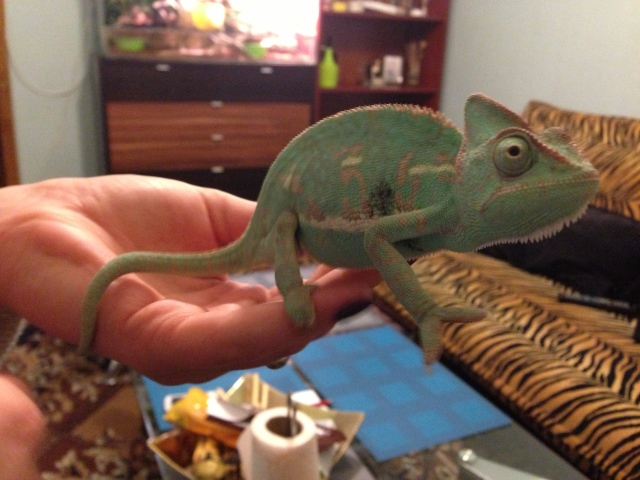 chameleon has developed a black spot on its side
Question
Black spot Black spot close up
sp
chameleon has developed a black spot on its side
Question
Black spot Black spot close up
sp
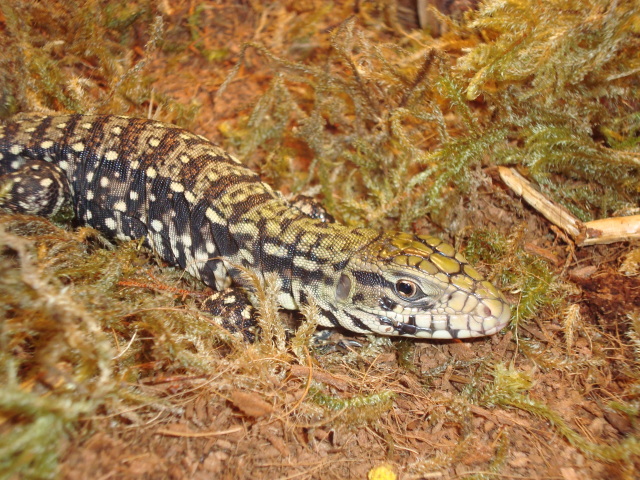 MY TEGU
QuestionQUESTION: My tegu Bubby has a slightly swollen
MY TEGU
QuestionQUESTION: My tegu Bubby has a slightly swollen
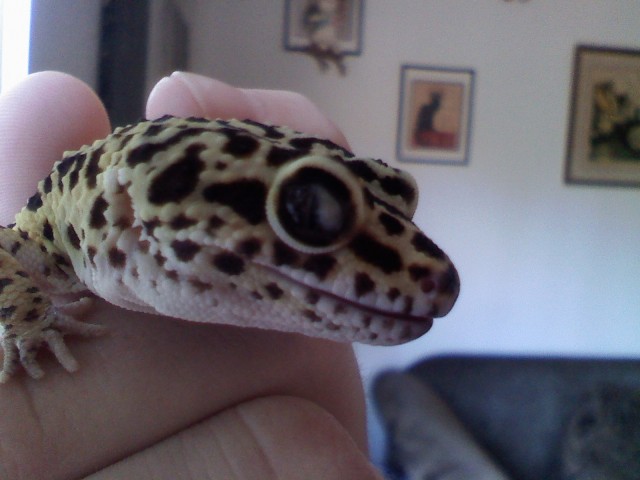 My leopard Gecko Im afraid has skin from shedding stuck in its eye
Question
Yoshis eye
My leopard Gecko Yoshi was fine yes
My leopard Gecko Im afraid has skin from shedding stuck in its eye
Question
Yoshis eye
My leopard Gecko Yoshi was fine yes
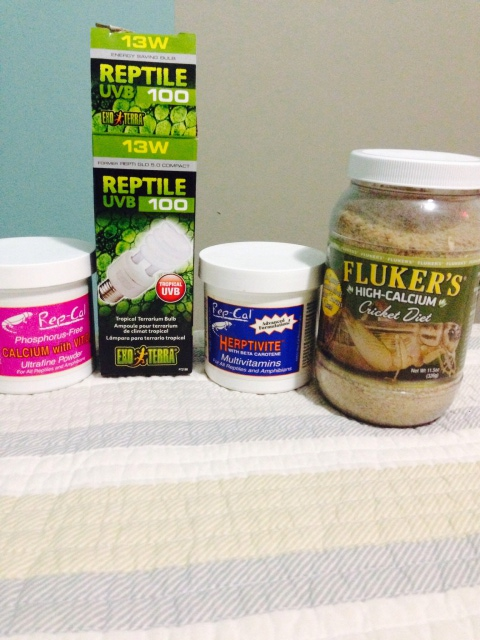 Frilled dragon
QuestionQUESTION: Hello Tracie. I have a frilled dragon
Frilled dragon
QuestionQUESTION: Hello Tracie. I have a frilled dragon
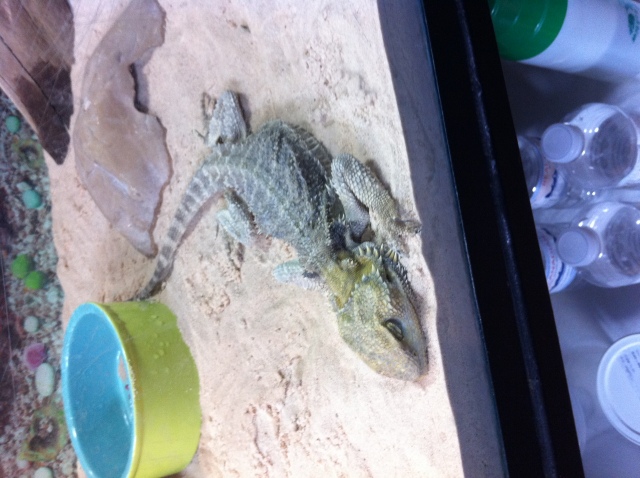 Sick Beardie
QuestionBeardie
QUESTION: Hi Tracie,
im really
Sick Beardie
QuestionBeardie
QUESTION: Hi Tracie,
im really